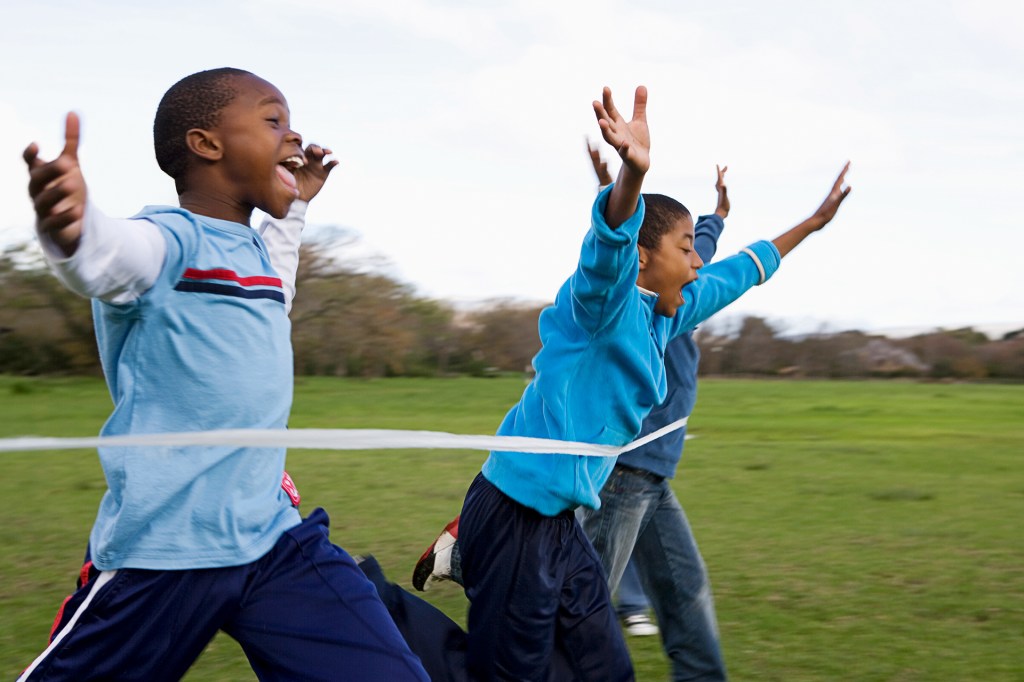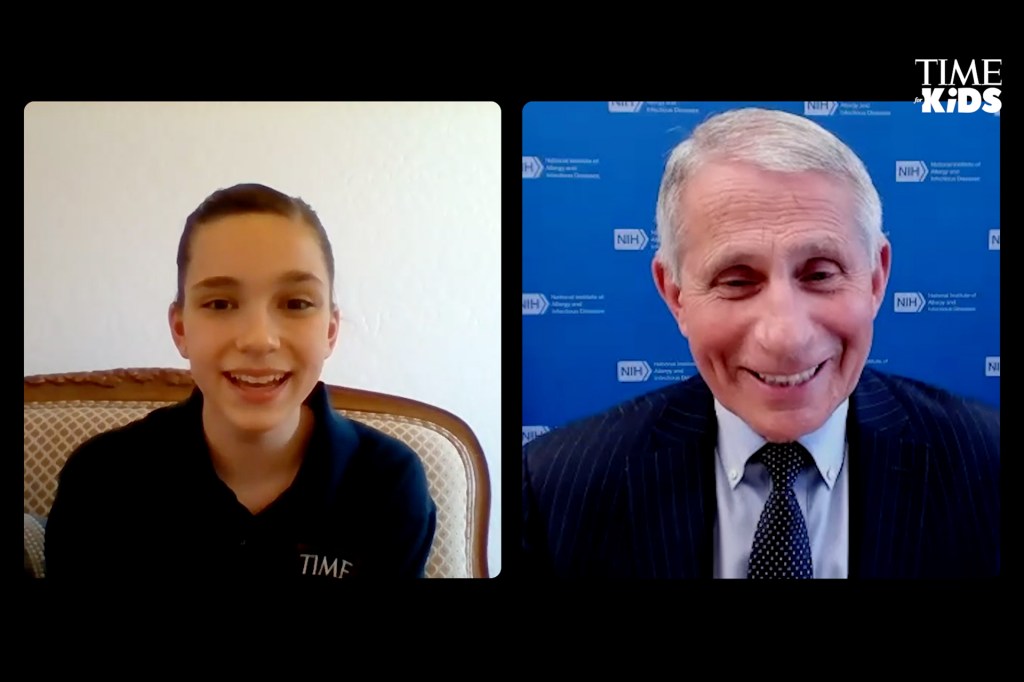Water Works

In a small village in Thailand lives a girl named Wanjai. She and her family make their home on the Khao Laem Reservoir. Wanjai and her friends play in the water, and her family bathes, cooks, and cleans with it. They scoop water from the reservoir to drink and to brush their teeth.
“They’re river people. That’s their life,” Ken Surritte, founder of the nonprofit group Water Is Life, told TFK. Trouble is, the Khao Laem Reservoir is polluted. Drinking from it or bathing in it can make people sick.
Surritte wanted to help. Since Water Is Life started, in 2009, the group has donated more than 75,000 water-filter straws to people in 40 countries. The straws make polluted water safe to drink.
But would Wanjai and her friends understand why it is so important to use the straws? After all, pollution is not always visible. Surritte knew this firsthand, having used filters to sip water from streams while hiking. “The water [looks] absolutely pristine, crystal clear,” he said, recalling places he drank from. “And yet, there’s danger in it.”
A New Reality
Surritte and his team wanted to make learning about water-filter straws fun for kids. The best way to do that, they decided, was to make a virtual-reality (VR) game. They called it Hidden Dangers. It recreates the Khao Laem Reservoir. Animated monsters represent pollutants: bacteria, chemicals, metal, and trash. Players defeat the monsters by blasting them with clean water from a virtual water-filtration straw.

Nate Robinson worked with Water Is Life to create Hidden Dangers. Last fall, he traveled from the U.S. to Thailand to test the game with children at Wanjai’s school. “The kids were all lining up,” Robinson said. “They wanted to play it.” Water Is Life was there to give each child a water-filter straw. “It is a step in the right direction,” Robinson said. Of course, straws are a short-term solution. According to Surritte, Water Is Life plans to return to Wanjai’s village to install a water-treatment plant. Robinson and Surritte also want to share Hidden Dangers with a wider audience.
“Our goal is to take it through the U.S. and build awareness” about the importance of clean water, Robinson says.
Road Show
This month, Water Is Life will bring the Hidden Dangers VR experience to children in Flint, Michigan. In 2014, the city’s water was found to contain high levels of lead, making it unsafe to drink or bathe in. “I knew of this huge problem in our backyard,” says Michigan resident Andrew Kaufman. He started a GoFundMe page to raise money to purchase and distribute water-filter straws to young people in Flint. Water Is Life plans to give out 1,200 straws in Flint.
Surritte will join Kaufman in Flint to share Hidden Dangers and pass out straws. “I’m very passionate about what we do,” he says. “Our goal is to get straw filters into the hands of as many kids as we can.”












